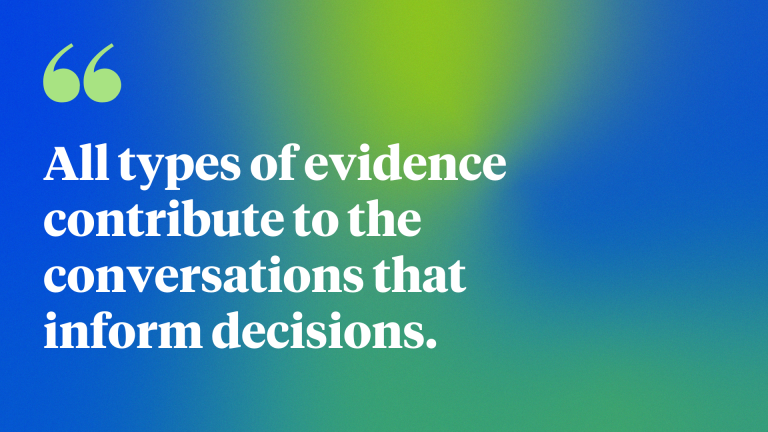With learning and teaching constantly (and rapidly) evolving, it is crucial that district edtech ecosystems also evolve. In a recent webinar, our team discussed this need with Fauquier County Public Schools’ Director of Technology, Louis McDonald. McDonald and his team use LearnPlatform to strategically modernize their edtech ecosystem to improve student outcomes, while also maximizing their return on investments.
“You can drill down into the school level and get more information specifically about how certain products are being used within certain areas,” McDonald said.
At Fauquier, the district generates the evidence necessary to gain a comprehensive understanding of its edtech. Starting with a look at the whole edtech usage landscape helped the district immediately see redundancies and begin to uncover trends. The district’s Inventory Dashboard offered a great first step, using the information to ascertain if subscriptions were being used at the intended level to justify renewal. Before using LearnPlatform, McDonald and his team had a sense of what was being used by students and teachers but did not have access to what was not being used. In fact, it became clear what the district thought was being used versus what was actually being used – and by whom.
“The bigger part of this has been the app approval side of it: we use that metric to decide which tool should we be focusing on when it comes to whether or not we want to proceed with an evaluation of the privacy policy and all of the work associated with getting a signed contract,” McDonald said.
As the use of edtech expands, the effort to continue to understand which tools are actually improving student outcomes, for which groups and under what conditions are essential to building and maintaining an effective edtech ecosystem. To improve return on investments, the team at Fauquier also considers the more personal, anecdotal aspect of evidence alongside this quantitative data. McDonald finds it equally as important to consider how a product impacts a student in other ways like if the student has a better attitude toward learning or their attendance is improving. With both types of evidence, district leaders can more confidently make renewal decisions and implementation updates. For example, teachers offer feedback on products they implement daily, allowing for conversations that support the use of the product in certain environments.
“We try to come up with some qualitative vs. quantitative measurements that determine whether or not the product provides something of value to the students that we can’t put a number on,” McDonald said.
McDonald said that this way of organizing and evaluating edtech has taken the guesswork out of many of the processes and decisions he and his team must make. The team is able to filter and review products that may not be reaching intended usage goals, or that aren’t being used at all. They also gain insight into all products used, not just the ones in the approved list of apps.
All types of evidence contribute to the conversations that inform decisions. Knowing which and how tools are being used is just the first step to improving a district’s return on investment and student outcomes.
Related Content
 inst-3step.jpg
inst-3step.jpgBlogs
 digging_deep_into_2025s_learning_trends_the_state_of_higher_education_in_anz_-_thumbnail_1.png
digging_deep_into_2025s_learning_trends_the_state_of_higher_education_in_anz_-_thumbnail_1.pngBlogs
 13lmsfeaturesthatbenefitstudentlearning.jpg
13lmsfeaturesthatbenefitstudentlearning.jpgBlogs
